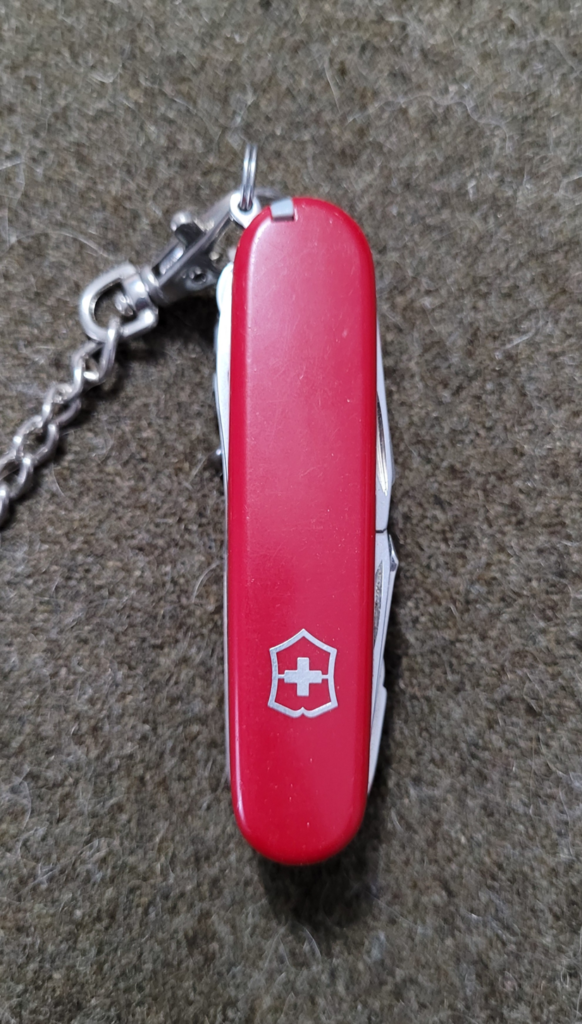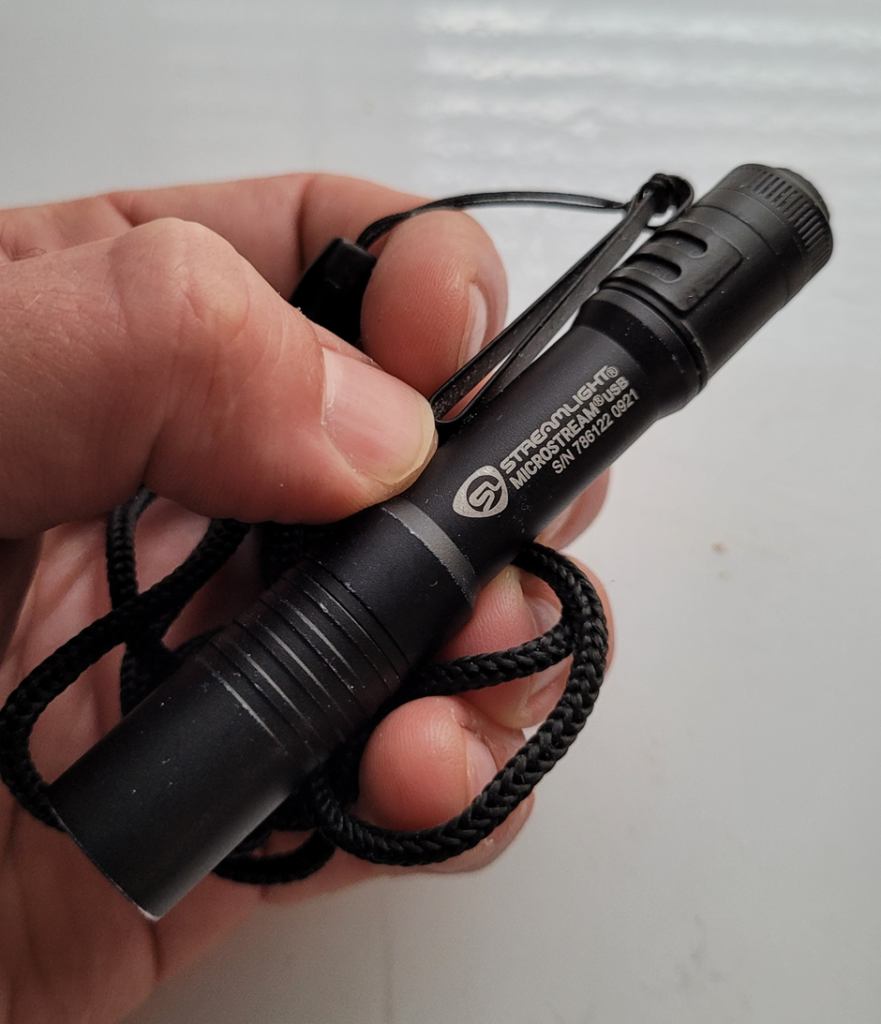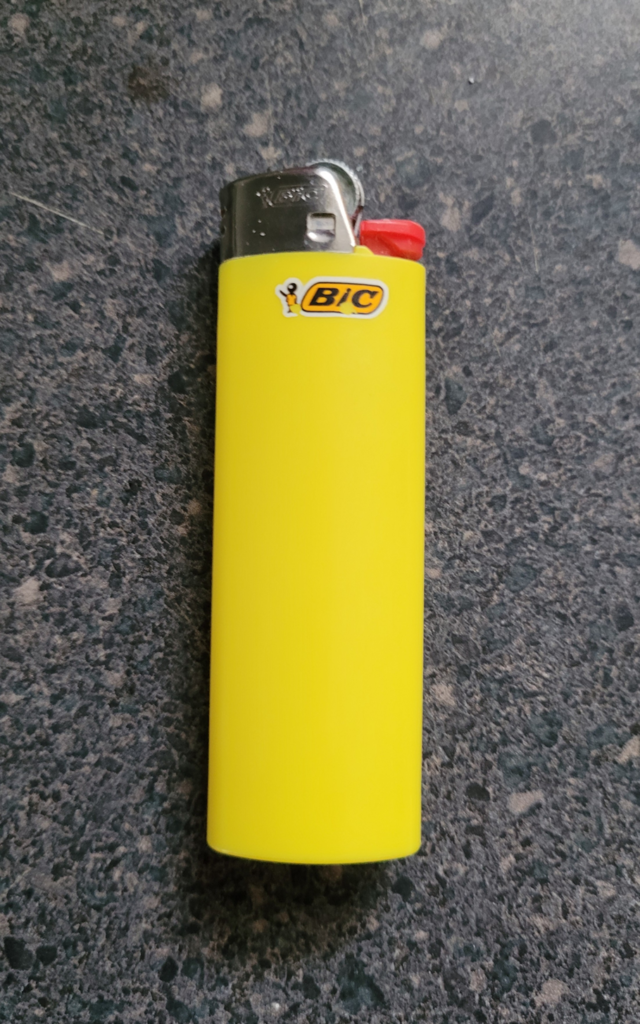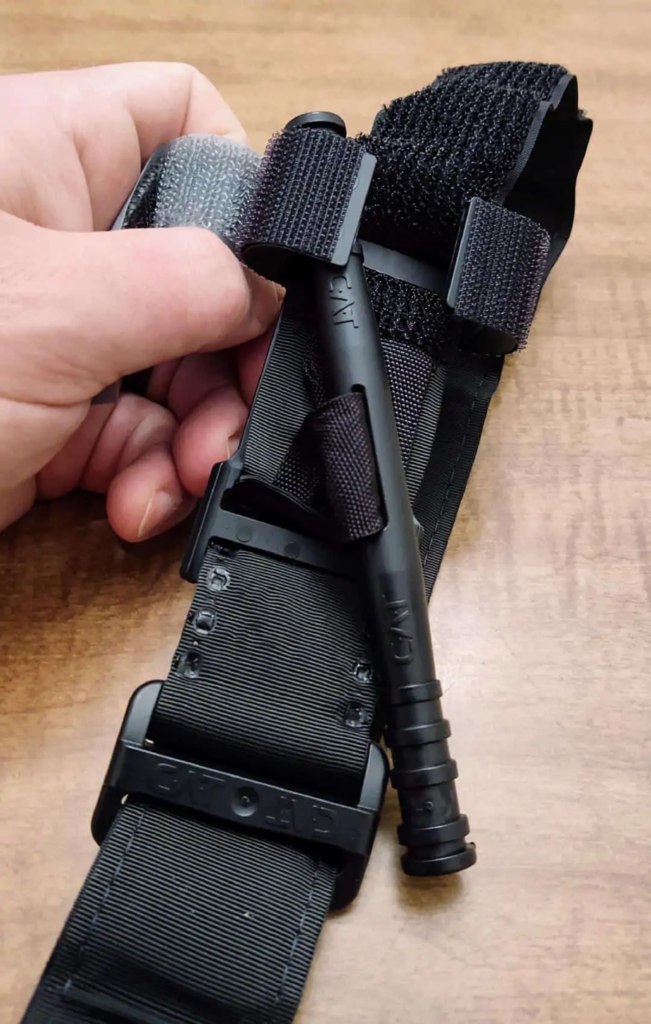If you are reading this, then you are interested in being prepared for emergencies – or whatever the day may bring. You also most likely have an EDC loadout. Some people are minimalist in what they carry while others are, well, fully stocked.
When it comes to EDC systems, you’ll usually fall in one of four camps:
- You may not know where to begin or what you need
- You may overdo it and feel weighed down
- You might not even know what is an EDC item, kit, or system
- You have an EDC loadout that’s comfortable, and well-equipped (without being bulky)
We’re aiming for #4 here.
Let’s wade through the muddy waters together, and hopefully I can help you to clear up some of the points listed above. I’ll begin with defining what EDC is.
SKIP AHEAD
EDC Definition
I think we tend to over complicate things, and many people will define EDC items as those only pertaining to emergency preparedness or survival situations.
Personally, I don’t think that is the case.
EDC stands for “everyday carry” and it refers to items that a person carries with them every day. That doesn’t mean the items have to be survival related.
Often, people carry a purse, wallet, cell phone, or a set of keys, all of which I consider items part of your everyday carry.
Of course, in the larger picture, you do want to carry items that will help you survive during an emergency.
Lastly and generally speaking, EDC often refers to items that are carried on your person.
Where To Begin
The first thing to realize when it comes to everyday carry items is not to listen to someone else about what you have to carry.
This is because everyone, their needs, what they need to accomplish in their day, the environment they operate in, and their skill levels are different.
To develop EDC systems that work for you, you should begin by sitting down and thinking about what you do on a daily basis.
Are you going to be walking home after dark? Then a good flashlight will come in handy.
Do you spend a lot of time driving in a vehicle? Then it would be helpful to have a phone charger, a first aid kit and other emergency supplies.
Will you be involved in a lot of tasks that require cutting tools? Then a sharp and reliable pocket knife will be worth its weight in gold.
Will you be visiting unsafe areas? Then a self-defense tool may need to be carried.
To develop EDC systems that work for you, walk through the above questions and decide what items are best suited to your daily tasks.
What You Need: Your Everyday Carry Items
Like I stated above, I can’t tell you exactly what you need for your everyday carry because I don’t know you or your situation.
For example, it makes no sense for me to say you must carry a firearm if you don’t like them or you live in an area that doesn’t allow them.
Having said that, there are a few items I will recommend because they are so basic, affordable, and useful that pretty much everyone will have a use for them:
1. Pocket knife
I said this earlier but I will repeat it:
A good, reliable knife is worth it’s weight in gold. I cannot remember one day in the last 20 years that I haven’t used one, and if I’m not carrying one, honestly, I feel naked.
You don’t have to be some super experienced outdoorsman to need a good blade on you. A knife is just as versatile in the outdoors as it is in an urban environment.
Also, the blade doesn’t have to be some big Rambo looking monstrosity. In my experience, the bigger a blade is, the less effective it is as an all-around general-purpose blade.
A simple quality folding knife, like a Swiss Army Knife, is good enough for most people’s needs.
2. Flashlight
Let there be light!
Most people I run into never think about carrying this, especially these days when our phones have a “flashlight” on them.
While that app on our phones is a source of light, I don’t consider it a flashlight.
There are too many scenarios to bring up in which this tool is invaluable and at the core of this conversation…if you can’t see then what good are the rest of the tools you carry?
If you are looking for an affordable, easy to carry option, I highly recommend the Streamlight Microstream rechargeable light.
3. Lighter
Surprisingly, I have gotten some pushback over the years for recommending this item as part of EDC systems.
The primary response I get from everyone else is:
“I don’t smoke, so why should I carry one?”
In terms of being in the outdoors, a lighter is an obvious tool that should be in everyone’s pack, vehicle, or pockets.
For people spending most of their time in urban environments, they only think of it as an item that a smoker carries.
This is somewhat true, but a lighter can be used for more than just that.
Even in an urban environment, making a fire may be necessary. A lighter can also be used to light a candle, melt certain materials, as a light source, and – yes – to offer a light to someone else.
4. Multitool
A common multitool functions as a jack of all trades toolbox’s worth of tools for quick fixes. These tools are not meant for heavy duty use and not everyone likes them, but I’ve always found them to be extremely useful and handy.
The main tool on these is usually a pair of pliers, but they come with an assortment of attachments, including other cutting tools. Diverse functionality in such a small package is hard to beat.
5. First Aid Kit
A regular “boo boo” kit is fine and dandy, and most people would have no problem carrying them. However, one should consider carrying a small trauma kit everywhere they go.
Something that includes a tourniquet, chest seals, gauze, and blood clot. These can be packed into a small pouch that is easy to carry, and they are life-saving items.
A Few Extras
Here are a few more items worth mentioning that you may already be carrying:
- a Phone
- Something to record on, like taking notes or a device for a digital record
- Wallet with extra cash
- Dedicated watches (these have specific purposes to you)
Is Your EDC Too Much?
Long ago, back before I put labels on everything, my EDC was simple. It consisted of a pocketknife, and that was it.
Over time, more and more items found their way into my pockets and on my person: flashlights, lighters, pocket knives, multitools, and on the list goes. Heck, at one point my pockets were so full that I am sure that a feather could not have been added.
However, at that time I do not think I considered my gear too much. Which poses the question, “When is your EDC too much?”
On the surface, this seems like a loaded question. EDC items are there to allow us to be prepared when we are away from our main gear. Having too much of this gear implies that a person is over-prepared, which seems to go against the whole purpose.
For me, everyday carry items fall under two categories:
- Items that I use often
- Items that I do not use often but are important to have.
- For example, I use a pocketknife or multitool daily whereas I may not use my flashlight every single day, but I still carry it.
- Someone out there is probably asking why I carry something that I may not use all that often. The answer is that I like to live by the old saying, “It is better to have something and not need it than to need it and not have it.”
4 Must-Know EDC Guidelines
As I mentioned above there have been times when the number of items on my person got a little out of hand. Below are some guidelines that I use to help keep my EDC in check.
1. Comfort
Nobody wants to be uncomfortable carrying their gear. This is especially true of EDC items because they are carried every day. If you become physically weighed down by your supplies, it may be time to rethink your loadout.
Along with being comfortable, EDC items should not interfere with your daily activities. You should be able to move around freely without your gear hindering those movements.
For example, if a person is performing tasks that require them to frequently bend, squat, climb ladders, and crawl in confined spaces, an abundance of gear can be both uncomfortable and prohibit some of those movements.
This might get an eyeroll from some, but something like a fanny pack is fantastic in their own right. They are comfortable, provide quick access to items, and they make it easy to keep track of all your stuff.
2. Pocket Dump
Some people may not check their loadout all that often but continue to add items. I am extremely guilty of this during the winter when I wear a heavy coat with pockets. I sometimes forget what I have on me and will innocently add another item in a pocket.
The last time that I performed a “pocket dump,” I found that I had ten butane lighters in my coat.
Nine lighters are okay, but ten is just excessive. I am just kidding.
Having a backup to a critical piece of gear is okay, but a line must be drawn somewhere
To keep this problem in check, I recommend conducting periodic pocket dumps. At the end of the day when you get home, empty your pockets, purse, wallet, and take stock of what you have.
3. Start Fresh Everyday
Another method that has helped me to keep my EDC in check is similar to the pocket dump – and that method is to start fresh every day. Just like we may set out our clothes for the next day, set out your EDC items for the following day on a table or dresser.
There are a few reasons that I like this approach:
- It allows me to see exactly what I have as I load it.
- It reinforces the memory of exactly where everything is.
- It forces me to put eyes on those items every day (which acts as a visual inspection of that gear). Inspecting gear regularly is something that I think most people put on the back burner. Items that are carried every day should be inspected every day to ensure they work when you need them.
4. Remove Any Item That is Completely Out of Place
I once had a person ask me if they should carry an inflatable life vest as part of their EDC because they were not a confident swimmer, nor did they like the water.
Okay, that makes sense, but the person rarely spent any time on – or even near – a water source. So, to carry such an item on your person all the time does not make sense.
I know that this example may seem a bit silly or extreme, but I have found myself carrying certain items that did not fit the environment or tasks I encountered on that day. If you find items in your EDC that are like the above example, I suggest moving them to a pack or car. This way, if circumstances change you can add them back into your loadout.
Some Items are Illegal to Carry
There are some items that are prohibited to own or carry in certain areas. During the process of deciding what you want to carry, you also need to check local laws to make sure you stay in compliance.
Wrap Up
What we carry every day to be better prepared for situations is a highly personal choice and everyone carries items that are a little different from everyone else.
There is nothing wrong with having a light or even moderately heavy EDC loadout as long as it helps you to accomplish what you need without being a burden. When your pockets start ripping at the seams or you begin being stabbed constantly by various gear in different pockets, then your EDC may be too much.
Thanks for reading, stay prepared, and now I’m going to set out my EDC for tomorrow.













